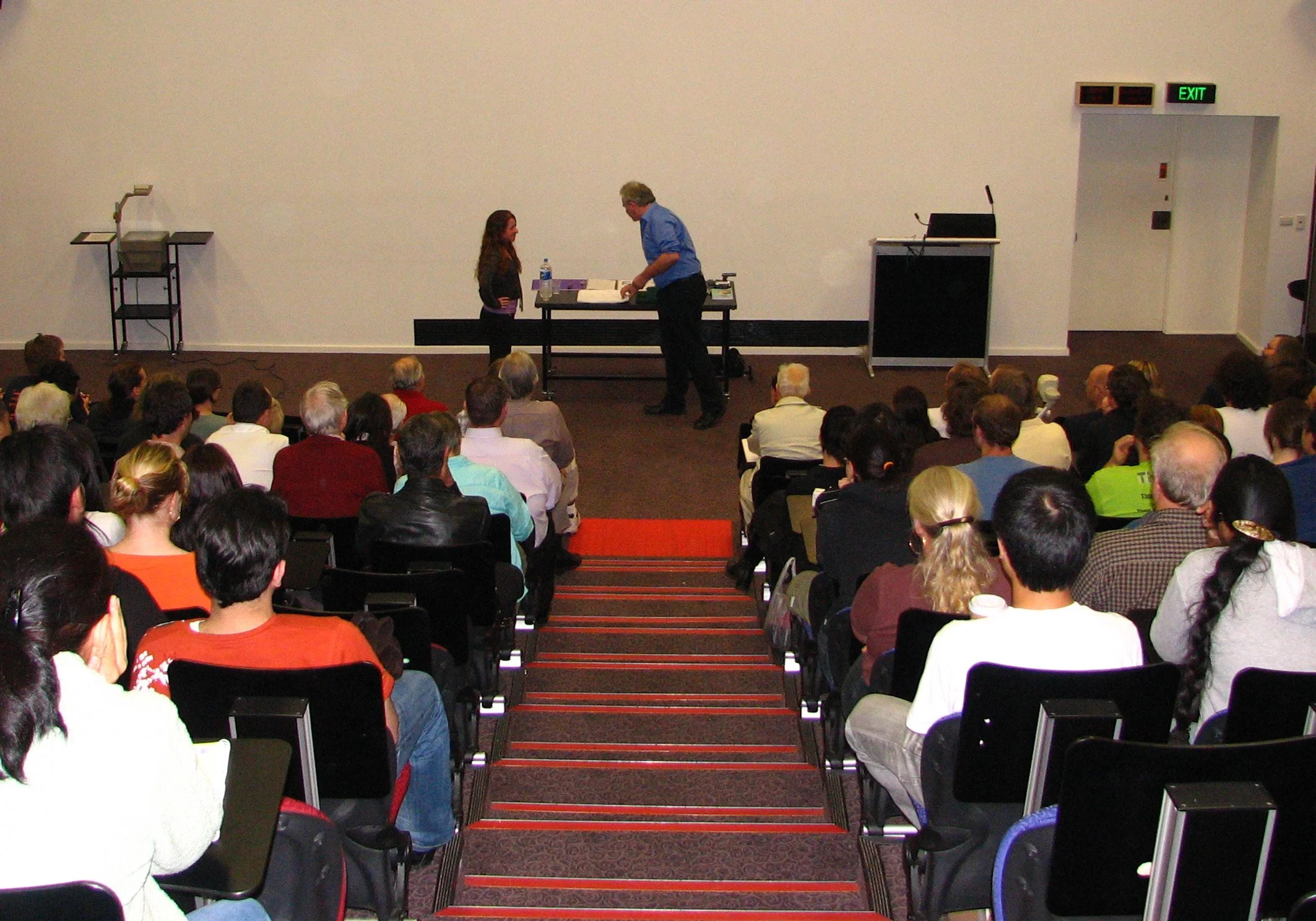Mastering Cold Reading Techniques: The Art of Perception and Persuasion
Mastering Cold Reading Techniques: The Art of Perception and Persuasion
Cold reading is a fascinating skill used by mentalists, psychics, negotiators, and even skilled communicators to create the illusion of knowing personal details about someone without prior information. At its core, cold reading techniques are about observation, educated guessing, and understanding human psychology.
Whether you want to spot these methods in action, learn them for entertainment purposes, or use them ethically in sales, leadership, or coaching, mastering cold reading techniques can give you a serious communication advantage.
What Are Cold Reading Techniques?
Cold reading techniques involve making statements, asking questions, or providing insights that appear personal but are actually based on general truths, high-probability guesses, and subtle cues.
These methods work because of:
The Barnum Effect – People accept vague, general statements as uniquely personal.
Psychological Biases – Our minds seek patterns and meaning, even in ambiguous information.
Observation Skills – Skilled readers pick up on clothing, posture, speech, and emotional cues.
Why Learn Cold Reading Techniques?
Learning cold reading techniques has several benefits:
Build Instant Rapport – Quickly establish trust in conversations.
Enhance Sales Skills – Connect with prospects on an emotional level.
Improve Social Skills – Understand people’s needs and moods faster.
Spot Manipulation – Recognize when someone might be using these techniques on you.
The Most Effective Cold Reading Techniques
Here are some of the most widely used and effective cold reading techniques you can learn and practice.
1. The Barnum Statement
A broad, general statement that feels deeply personal.
Example: “You sometimes feel confident in your abilities, but other times you doubt yourself.”
Why it works: Nearly everyone experiences this, making it one of the most reliable cold reading techniques.
2. The High-Probability Guess
Making statements that are statistically likely to be true.
Example: “You have a scar from an old childhood injury.”
This is one of the classic cold reading techniques because it works well to build early credibility.
3. The Double Bind
A statement that covers two opposing traits.
Example: “You can be very social, but you also value your alone time.”
This is among the cold reading techniques that almost no one disagrees with.
4. Observational Insights
Drawing conclusions from visible cues like clothing, posture, or accessories.
Example: “You’re detail-oriented you even keep your workspace very organized.”
This is a practical cold reading technique you can use in real time.
5. The Emotional Hook
Touching on feelings or experiences most people relate to.
Example: “You’ve faced a challenge recently that made you stronger.”
It’s one of the most persuasive cold reading techniques for building connection.
6. The Fishing Question
Asking a vague but suggestive question to gather information.
Example: “Who’s the older male influence in your life?”
When the person responds, you can tailor further statements making it a dynamic cold reading technique.
7. The Relatable Flaw
Pointing out a common weakness that can be framed positively.
Example: “You can be hard on yourself because you set high standards.”
This cold reading technique builds trust by showing understanding without judgment.
8. The Specific-Vague Blend
Using specific-sounding but broadly applicable statements.
Example: “I see a trip you’ve been meaning to take somewhere with water.”
This is one of the cold reading techniques that feels personal yet applies widely.
How to Practice Cold Reading Techniques
If you want to master cold reading techniques, start small and practice regularly:
Observe People Closely – Look for nonverbal cues and microexpressions.
Start with Safe Guesses – Use high-probability statements to build rapport.
Listen More Than You Speak – The best cold reading techniques come from paying attention.
Refine Your Language – The way you phrase a statement can make it more believable.
Debrief Yourself – After a conversation, reflect on what worked and what didn’t.
Ethics of Cold Reading Techniques
While cold reading techniques can be powerful, they should be used responsibly.
Ethical Uses: Entertainment, sales rapport, coaching, leadership.
Unethical Uses: Deception for personal gain, false claims of supernatural abilities.
The key is transparency if you’re using cold reading techniques for fun or persuasion, avoid misleading people in ways that could harm them.
Recognizing Cold Reading Techniques in Action
To avoid being influenced unknowingly:
Question overly broad statements that “could apply to anyone.”
Notice when someone is fishing for information.
Be aware of emotional hooks designed to elicit personal stories.
By understanding cold reading techniques, you can appreciate the skill behind them without being easily swayed.
Cold reading techniques are an intriguing mix of psychology, observation, and communication. They can be used to entertain, connect, or persuade but they also highlight how much of our understanding of others comes from careful listening and educated guessing.
When used ethically, cold reading techniques can help you build instant rapport, deepen relationships, and read social situations like a pro. Just remember the real magic is in empathy, curiosity, and genuine human connection.




